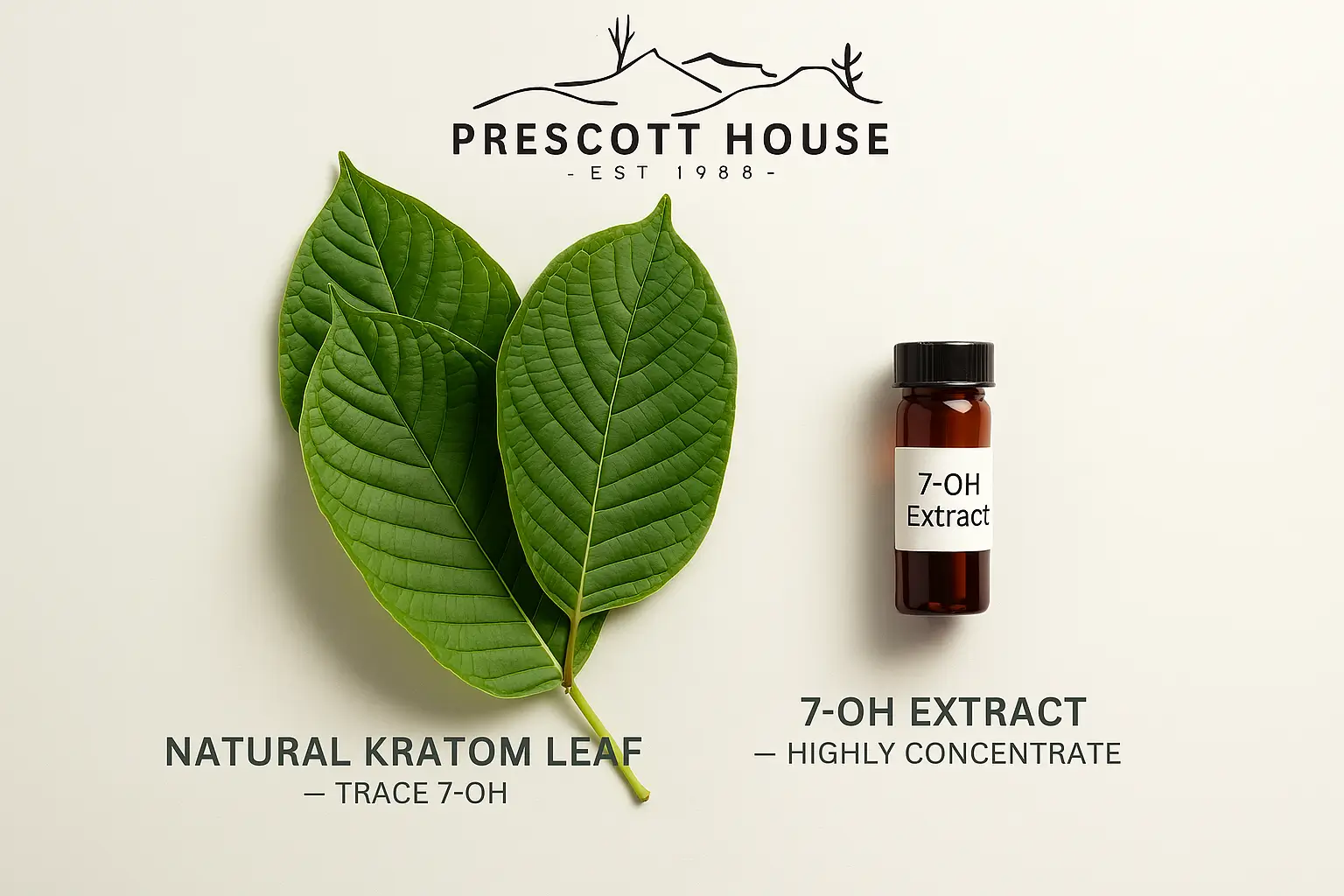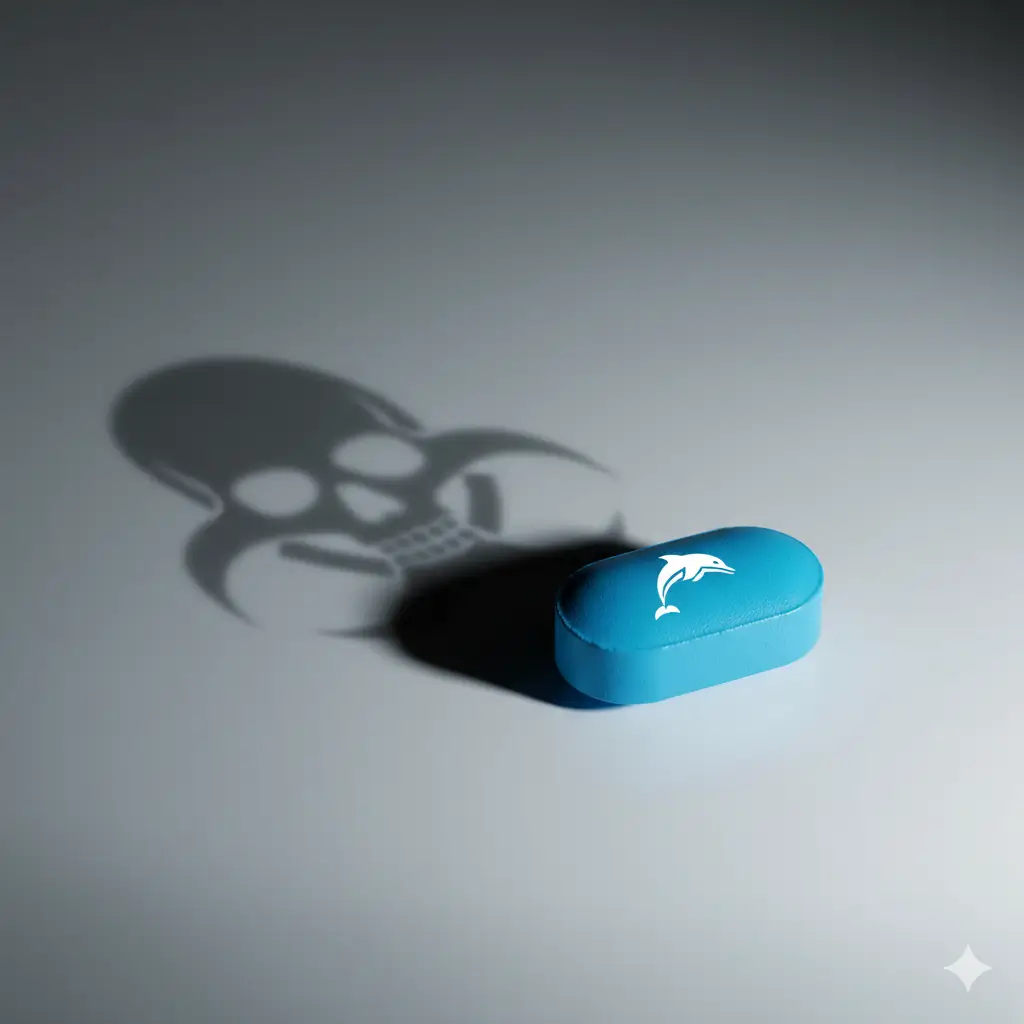Understanding Naltrexone: More Than Just a Number
Naltrexone can be a crucial part of recovery from alcohol or opioid use disorder, but it's natural to have questions about how it works and how long it remains in your body. Whether you're considering starting naltrexone treatment, have concerns about upcoming medical procedures, or simply want to understand your medication better, knowing the timeline matters.
At treatment facilities like ours, we've seen countless individuals benefit from naltrexone therapy. However, we've also noticed that many people have misconceptions about how long this medication stays active in their system. This guide will provide clear, straightforward answers to help you understand the timeline and what it means for your recovery journey.
What is Naltrexone and How Does It Work?
Naltrexone is an opioid antagonist, which means it blocks the effects of opioid drugs in your brain. Think of it as a protective shield that sits on your opioid receptors, preventing other substances from attaching and creating euphoric effects.
This medication serves two primary purposes in addiction treatment. First, it treats Alcohol Use Disorder (AUD) by reducing the pleasurable effects of drinking and decreasing cravings. Second, it helps manage Opioid Use Disorder (OUD) by completely blocking the euphoric and sedative effects of opioids like heroin, fentanyl, or prescription painkillers.
The mechanism is elegantly simple yet powerful. When someone takes naltrexone, it occupies the same brain receptors that opioids would normally bind to. However, unlike opioids, naltrexone doesn't activate these receptors – it just blocks them. For alcohol, the process is slightly different but equally effective. Naltrexone interferes with the brain's reward system, making drinking less satisfying and reducing the urge to continue.
In our experience working with individuals in recovery, we've observed that understanding this blocking mechanism often helps people feel more confident about their treatment. It's not about willpower anymore – it's about having a medical ally working in your system. Wathc this video if you would like to learn more in depth on this topic.
How Long Does Naltrexone Stay in Your System? The Short Answer
Here's the direct answer you're looking for: naltrexone typically remains detectable in your system for 24 to 48 hours after your last dose. However, this timeline can vary significantly based on several factors we'll explore later.
The story becomes more complex when we consider naltrexone's active metabolite called 6-beta-naltrexol. Your body breaks down naltrexone into this metabolite, which actually has a longer half-life than the original medication. Understanding half-life is crucial here – it's simply the time it takes for half of the drug to be eliminated from your body.
Naltrexone itself has a relatively short half-life of about 4 hours. This means every 4 hours, half of the naltrexone in your system is processed and eliminated. However, 6-beta-naltrexol has a much longer half-life of approximately 13 hours. This extended-release metabolite continues working even after the original naltrexone is mostly gone, providing longer-lasting protection.
This dual-action system explains why naltrexone remains effective for blocking opioids for 24 to 72 hours, even though the original drug clears your system much faster. It's like having a security guard who calls in backup before leaving their shift.
Factors That Influence How Long Naltrexone Stays in Your System
While the general timeline of 24-48 hours applies to most people, several personal factors can significantly influence how quickly your body processes and eliminates naltrexone. Understanding these variables helps you better predict your individual timeline and plan accordingly.
Your liver function plays the most critical role in naltrexone elimination. Since your liver is responsible for breaking down naltrexone into its metabolites, any condition that affects liver health – including hepatitis, cirrhosis, or alcohol-related liver damage – can slow down this process considerably. At Prescott House, we always conduct comprehensive liver function tests before starting naltrexone therapy, as impaired liver function can extend the medication's presence in your system by days or even weeks.
Age significantly impacts drug metabolism, with older adults typically processing medications more slowly than younger individuals. If you're over 65, you might find that naltrexone stays in your system 25-50% longer than the standard timeline. This isn't necessarily problematic, but it's important to discuss with your healthcare provider, especially if you're taking other medications.
Your kidney function also matters, though to a lesser extent than liver function. Since approximately 60% of naltrexone and its metabolites are eliminated through urine, kidney problems can extend the elimination timeline. People with chronic kidney disease may need adjusted dosing schedules and should expect longer clearance times.
Body composition affects drug distribution and elimination as well. Naltrexone is not stored in fat tissue like some other medications, but your overall body size, muscle mass, and hydration status can influence how quickly the drug moves through your system. Generally, people with higher body mass may process naltrexone slightly more slowly, while those with more muscle mass might eliminate it faster due to increased blood flow.
Genetic factors, particularly variations in liver enzyme activity, can create significant individual differences in naltrexone metabolism. Some people are "fast metabolizers" who clear the drug quickly, while others are "slow metabolizers" who may have naltrexone in their system for extended periods. This genetic variation is one reason why some people need different dosing frequencies to maintain effectiveness.
Different Forms of Naltrexone and Their Timelines

The form of naltrexone you're taking dramatically affects how long it stays in your system, and understanding these differences is crucial for proper planning and expectations.
Oral naltrexone tablets, typically taken daily as 50mg doses, follow the timeline we discussed earlier – generally clearing your system within 24-48 hours. However, the protection against opioids can last up to 72 hours due to the longer-acting metabolite. Many of our patients at Prescott House prefer this form because it gives them daily control over their treatment, but it requires consistent daily dosing to maintain effectiveness.
Extended-release injectable naltrexone (Vivitrol) operates on a completely different timeline. This monthly injection creates a depot of medication in your muscle tissue that slowly releases naltrexone over approximately 30 days. However, detectable levels can remain in your system for up to 6 weeks after injection, and in some cases, traces may be found for 2-3 months.
The injectable form provides several advantages, particularly for people who struggle with daily medication compliance. Once you receive the injection, you don't need to remember daily pills, and the consistent medication levels often provide more stable craving control. However, the extended timeline means you need to plan further ahead for any medical procedures or situations where you might need opioid medications.
We've observed that patients using Vivitrol often feel more confident about their recovery because they don't have to make daily decisions about taking their medication. However, they also need to be more strategic about planning, especially if they have upcoming medical procedures that might require pain management.
It's worth noting that even after Vivitrol injections are no longer detectable in blood tests, some blocking effects may persist slightly longer. This is because the medication can remain in muscle tissue at very low levels, continuing to provide some degree of opioid receptor blockade.
Detection Methods: How Naltrexone Shows Up in Different Tests
Understanding how different testing methods detect naltrexone can be important for various situations, from employment screenings to medical procedures. Each testing method has different detection windows and purposes.
Blood tests provide the most accurate picture of active naltrexone levels in your system. These tests can detect naltrexone for 24-48 hours after your last oral dose, making them useful for medical professionals who need to know current medication levels. Blood tests are particularly important before surgical procedures, as they help doctors understand whether opioid pain medications will be effective.
Urine tests can detect naltrexone and its metabolites for slightly longer periods – typically 48-72 hours after oral dosing. Since a significant portion of naltrexone is eliminated through urine, these tests often remain positive even after blood levels have dropped significantly. For Vivitrol users, urine tests may show positive results for 4-6 weeks after injection.
Saliva testing is less common for naltrexone but can detect the medication for 12-24 hours after oral dosing. This method is rarely used in clinical settings but might appear in certain employment or legal contexts.
Hair follicle testing is theoretically possible but rarely performed for naltrexone, as it's not a drug of abuse and there's typically no need for long-term detection. However, if such testing were conducted, it could potentially detect naltrexone use for up to 90 days.
In our experience at treatment facilities, most naltrexone testing is done for medical rather than punitive reasons. Doctors need to know medication levels to make safe prescribing decisions, particularly for pain management during medical procedures.
Conclusion: Key Takeaways on Naltrexone's Duration
Understanding how long naltrexone stays in your system is more than just knowing numbers – it's about feeling informed and confident in your recovery journey. To summarize the essential points: oral naltrexone typically clears your system within 24-48 hours, but its protective effects can last up to 72 hours thanks to its longer-acting metabolite. Injectable naltrexone (Vivitrol) remains detectable for 4-6 weeks, with some traces potentially lasting up to 3 months.
Remember that your individual timeline depends on multiple factors including your liver and kidney function, age, body composition, and genetic makeup. These variables can extend or shorten the standard timelines, which is why it's crucial to work closely with your healthcare provider to understand your specific situation.
Most importantly, this information should never be used to try to "time" opioid use around your naltrexone schedule. The blocking effects of naltrexone can significantly lower your tolerance to opioids, making any attempt to override the medication extremely dangerous and potentially fatal. Your safety and continued recovery should always be the top priority.
If you're considering naltrexone therapy or have concerns about your current treatment, don't navigate these decisions alone. At Prescott House, our experienced medical team understands the complexities of addiction recovery and can provide personalized guidance about naltrexone therapy. We conduct comprehensive medical evaluations, monitor your progress closely, and adjust treatment plans based on your individual needs and circumstances.
Whether you're just beginning to explore medication-assisted treatment options or you're already on naltrexone and have questions about your therapy, professional support makes all the difference. Recovery is a journey that requires both courage and the right medical support, and understanding your medication is an important step toward lasting sobriety.
Your commitment to learning about naltrexone shows that you're taking an active role in your recovery – and that's something to be proud of. With the right information, medical support, and treatment plan, naltrexone can be a powerful ally in helping you build the sober life you deserve. Take the next step by reaching out to qualified professionals who can provide the personalized care and guidance you need to succeed.













